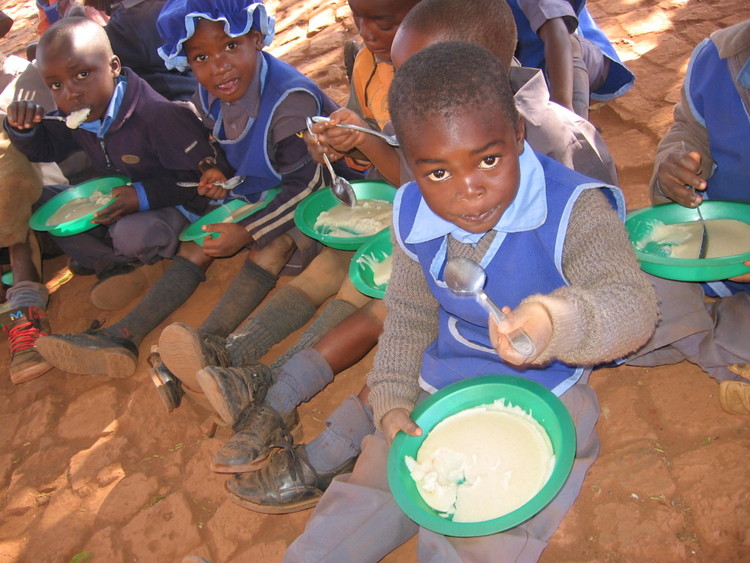
The Sunday Mail

Government is doing a door-to-door nutrition assessment programme for children aged five years and under to identify cases of malnourishment as the State ramps up measures to mitigate effects of the El Nino-induced drought.
Zimbabwe, like many other African countries, face food shortages as a result of the weather phenomenon that has seen to the writing off of the bulk of this seasons’ summer crop.

The Health Micro/Under-Five Feeding Programme will see health workers and nutritionists going mostly to rural areas to identify children with signs of malnutrition.
The affected will be referred to clinics and other health centers for weighing and those classified as facing severe acute malnutrition will be given Ready to Use Therapeutic Food (RUTF). The programme will provide Ready to Use Supplementary Food (RUSF) to those moderately malnourished.
The ready to use foods will be in form of a paste rich in protein and other nutrients.
Children whose health improves will then be given a corn and soya blend.
The World Health Organisation defines severe acute malnutrition as a very low weight-to-height ratio.
The extensive feeding and monitoring of children under five years has started in Buhera, Tsholotsho, Binga and Lupane.
Districts like Zvishavane, Gokwe North, Mbire, Mwenezi, Mzingwane, Hwange, Nkayi, Umguza, Uzumba, Kariba and Mudzi have been identified as some of the most affected areas.
According to the Zimbabwe Vulnerability Assessment Committee (ZimVAC), at least 40 percent of people in these districts face hunger.
The country is seeking US$1,6 billion for food relief and related measures from local and international aid agencies to feed vulnerable households until the next harvest.
At least US$16,5 million is needed under the Health-Micro Nutrient/Under-Five Feeding Programme.
Health and Child Care Ministry nutrient emergency preparedness and surveillance manager Mr Tasiina Nyadzayo said estimates from ZimVAC showed at least 413 000 children under the age of five need supplementary food.
“We have not yet started the actual disbursement of food to children under the age of five because we do not have enough stock as yet,” said Mr Nyadzayo. “We are working with international donors and we will start as soon as possible. We have however scaled up the programme in areas such as Buhera, Lupane, Binga and Tsholotsho and we are working with Unicef.
“Though there were programmes of under-five feeding in these areas we have now intensified them because of drought-induced hunger.
“Health workers will go door-to-door at every household assessing nutrition levels and encouraging those that seem underweight to report to the nearest health centers or clinics.
“Those facing malnutrition will be given RUTFs and RUSFs and they will be given corn and soya blend once they are no longer malnourished.”
Mr Nyadzayo said a 10kg of the blend would be given to each child monthly and, resources permitting, the same amount would be given to pregnant and lactating women.
The Health Ministry will also extensively monitor children and pregnant women.
According to a report by Regional Inter Agency Standing Committee on the humanitarian outlook for Southern Africa for March–August 2016, at least 28 million people in Sadc are food insure.
The report says all Southern African countries have high rates of chronic malnutrition, with chronic child malnutrition (stunting) rates of above 20 percent.
In Malawi, cases of severe acute malnutrition have doubled from December 2015 to January 2016 with 47,8 percent of children chronically malnourished compared to 3,8 percent prior to the drought.
In Mozambique, 43,3 percent of children are chronically malnourished, while Botswana says malnutrition in children under five increased from 3,2 percent in September 2015 to 3,9 percent in November 2015.



